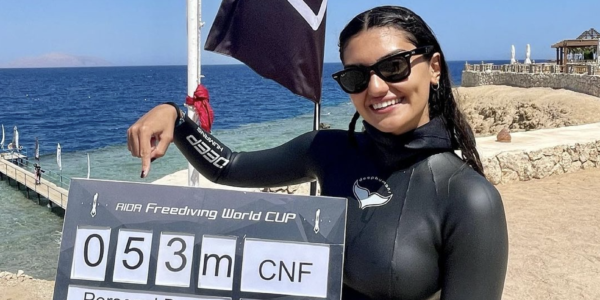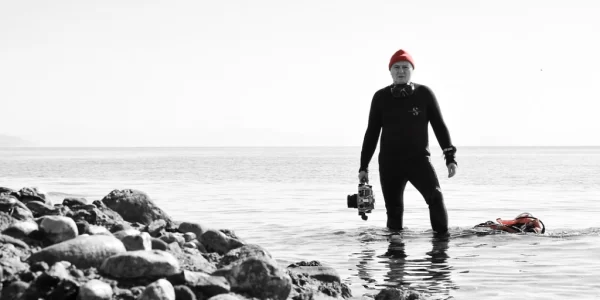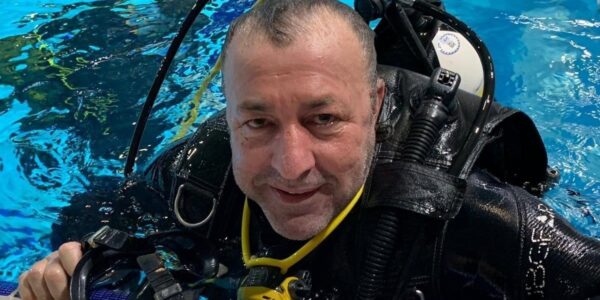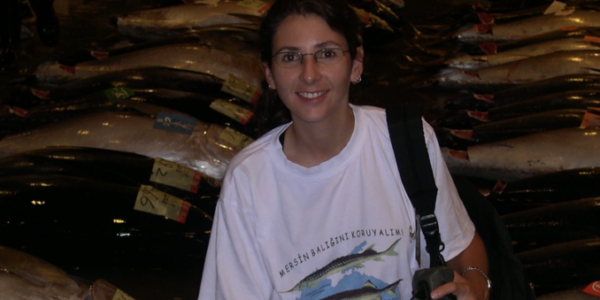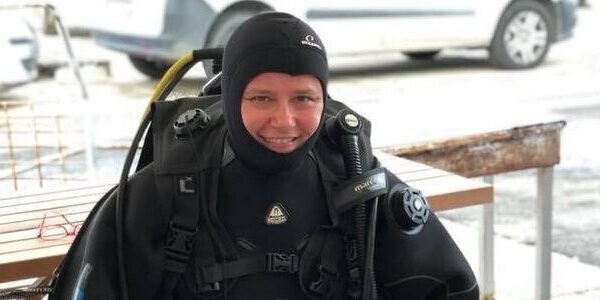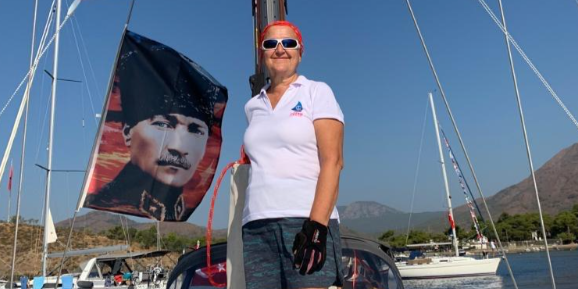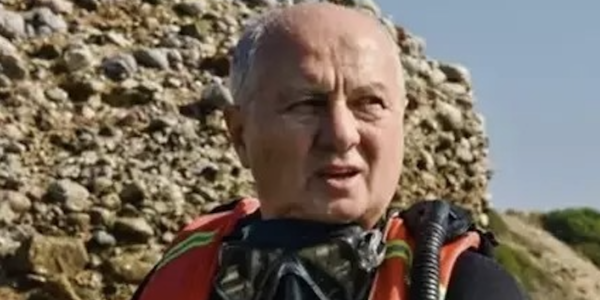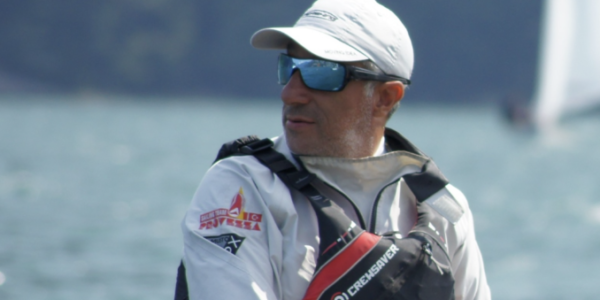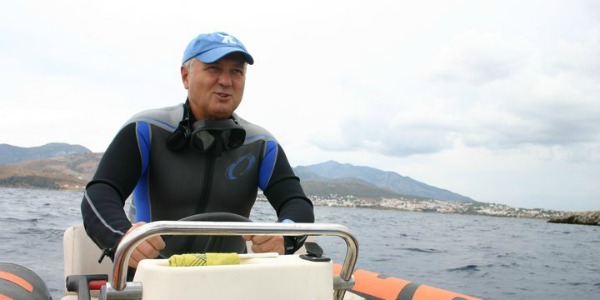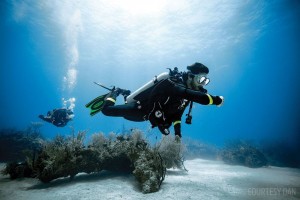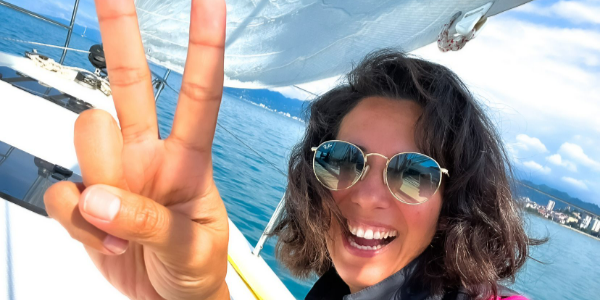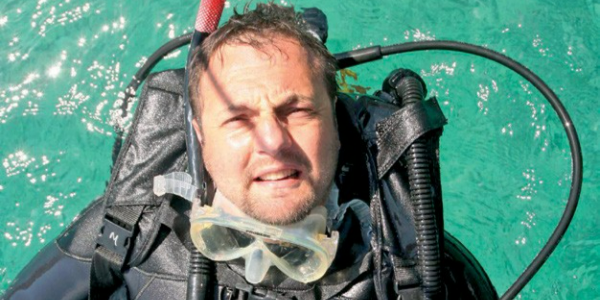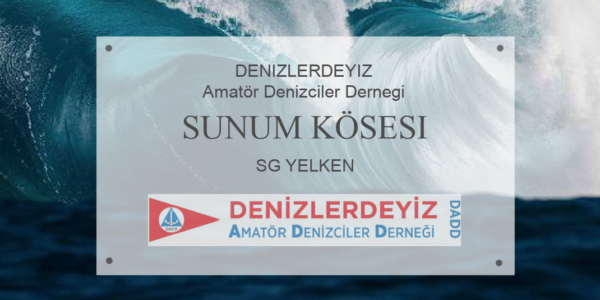I want to keep an eye out for signs of decompression sickness after I dive. Is there a certain type of diving that makes you more susceptible? And how can I tell if I have DCS?
Decompression sickness (DCS) is one of the hazards that every diver must manage individually. DCS can afflict any diver, and the condition is the result of inert gases that are dissolved in the blood during a dive coming out of solution too rapidly. Its symptoms can vary widely, and its treatment can range from the simple to the complex, but what we as divers must know is how to manage our risks and respond in an emergency.
Risk Factors
The primary risk factor for DCS is your dive profile. Performing deep or long dives and ascending too quickly will increase your risk of DCS. While dives that include mandatory decompression carry more risk than dives without, no-decompression diving is not without risk, and it is wise to apply additional conservatism to your dive planning. Working hard during a dive will cause your body to absorb more nitrogen, and diving in cold conditions or without adequate exposure protection will slow your body’s ability to eliminate inert gases and make DCS more likely. You can address this by shortening your dive, increasing your exposure protection or changing the dive site to a more shallow location.
There are also factors not related to your dive profile that can increase your risk of DCS. Individual factors such as physical fitness, illness, dehydration, the use of some medications and certain heart conditions, such as patent foramen ovale (PFO), may additionally increase your risk of DCS and must be taken into consideration while planning your dives. If you are taking new medications, are just getting over a cold or the flu, or have been working hard all day without drinking water, you may want to consider changing your dive plan to reflect your increased risk, or putting off your dive until the next day.
First Aid
DCS can present itself with a range of symptoms, and recognizing it can be difficult for an untrained individual. Symptoms can include pain in or around major joints, skin rash and swelling, numbness and weakness of the limbs on one or both sides of the body, and confusion or a general feeling of malaise. If you or a buddy experience any of these symptoms, seek appropriate medical evaluation and treatment immediately.
Symptoms of DCS can generally be divided into two categories: Type 1 DCS and Type 2 DCS. Type 1 is usually characterized by musculoskeletal pain and mild skin symptoms, such as itchiness or a rash, but without neurological symptoms.
Type 1 DCS can also cause swelling and pain around the lymph nodes. Joint pain associated with DCS can be quite severe but generally does not increase upon movement. Type 1 DCS responds well to treatment. Type 2 DCS is generally more serious and includes neurological, inner-ear or cardiopulmonary symptoms. Symptoms can occur within 24 hours after diving, but the sooner symptoms start, the more likely it is that severe DCS will develop. If a diver presents symptoms such as numbness, confusion, vertigo, difficulty walking or breathing, or a persistent headache, lightheadedness or nausea, DCS should be assumed. In all cases, provide oxygen in the highest possible concentration and seek immediate medical help. In the absence of appropriate emergency oxygen equipment, breathing a diving gas that has an enriched oxygen content may provide some benefit until help can be reached.
For more information on DCS or safe diving practices, visit dan.org/health.
Often overlooked in the response to a diving injury is preservation of evidence that could help later diagnosis and treat it. Providing care to an injured diver should always take first priority, but consider writing down the depth, time and diving gas used on preceding dives, and a timeline of symptom onset and severity. In the case of skin rashes or mottling, take a photo — the symptoms may have disappeared by the time you have reached a physician.
Record when your symptoms appeared, how severe they were and how they changed over time, particularly in relation to any interventions or treatments. This information can help healthcare providers more easily diagnose and treat injuries, and indicate whether symptoms are getting worse and may require additional interventions.
Dive-accident researchers can also use this information to gather data about dive incidents and their treatment, and use it to educate other divers and create valuable safety guidelines.
Divers Alert Network
Source: Sport Diver
